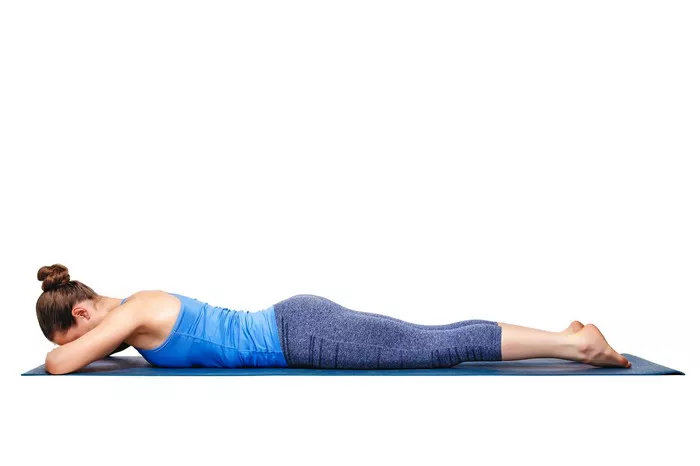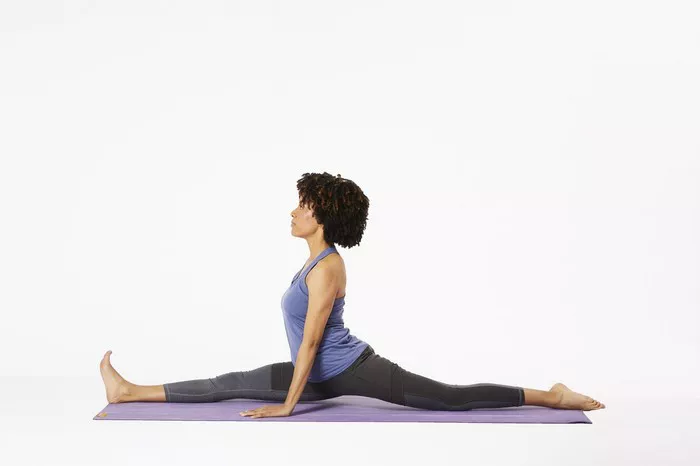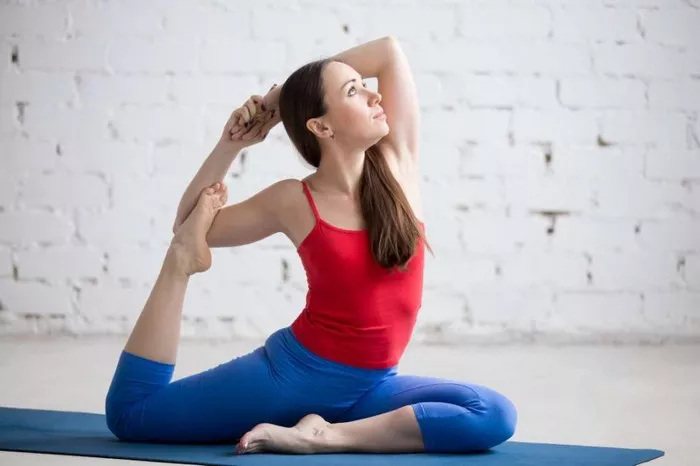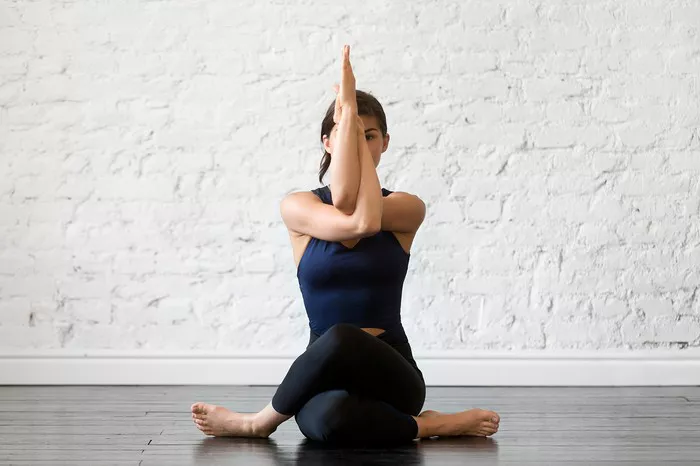Chakra meditation is a transformative practice that integrates the principles of yoga and energy healing. Rooted in ancient traditions, it focuses on the body’s energy centers, known as chakras, to promote balance, healing, and spiritual growth. This comprehensive guide explores the intricacies of chakra meditation, its benefits, techniques, and how to incorporate it into your yoga practice.
1. Understanding Chakras
Definition and Historical Context
The term “chakra” comes from the Sanskrit word meaning “wheel” or “disk,” representing the spinning energy centers within the body. These centers are believed to regulate various aspects of our physical, emotional, and spiritual well-being. Chakra meditation has roots in ancient Indian philosophies, particularly in Hinduism and Buddhism, where it was used to promote holistic healing and spiritual enlightenment.
The Seven Major Chakras
Root Chakra (Muladhara)
Location: Base of the spine
Color: Red
Function: Stability, security, grounding
Sacral Chakra (Svadhisthana)
Location: Lower abdomen
Color: Orange
Function: Creativity, pleasure, relationships
Solar Plexus Chakra (Manipura)
Location: Upper abdomen
Color: Yellow
Function: Personal power, self-esteem, confidence
Heart Chakra (Anahata)
Location: Center of the chest
Color: Green
Function: Love, compassion, emotional balance
Throat Chakra (Vishuddha)
Location: Throat
Color: Blue
Function: Communication, self-expression
Third Eye Chakra (Ajna)
Location: Forehead, between the eyes
Color: Indigo
Function: Intuition, insight, wisdom
Crown Chakra (Sahasrara)
Location: Top of the head
Color: Violet or white
Function: Spiritual connection, enlightenment
2. The Role of Chakra Meditation in Yoga
Why Chakra Meditation Matters
Chakra meditation serves as a vital practice within the broader context of yoga. It helps practitioners to cultivate awareness of their internal energy, facilitating deeper self-discovery and healing. By focusing on the chakras, individuals can identify imbalances and work toward restoring harmony.
Connection Between Chakras and Yoga
Yoga is more than just physical postures; it is a holistic approach that encompasses the mind, body, and spirit. Each yoga pose can activate specific chakras, allowing practitioners to channel energy through the body. When combined with meditation, yoga becomes a powerful tool for personal transformation.
3. Benefits of Chakra Meditation
Physical Benefits
Improved Energy Flow: Chakra meditation helps to clear blockages, promoting optimal energy flow throughout the body.
Enhanced Well-Being: Many practitioners report reductions in chronic pain and improvements in physical health.
Better Sleep: Balancing chakras can lead to improved sleep quality and reduced insomnia.
Emotional and Mental Benefits
Stress Reduction: Meditation fosters relaxation and helps to alleviate anxiety.
Emotional Stability: By addressing chakra imbalances, practitioners can experience greater emotional resilience.
Increased Focus: Regular practice enhances concentration and mental clarity.
Spiritual Growth
Deeper Connection: Chakra meditation cultivates a greater awareness of oneself and one’s place in the universe.
Enhanced Intuition: Balancing the chakras can sharpen intuitive abilities, guiding better decision-making.
See also: Sahaja Yoga Meditation: Unlocking of Inner Peace
4. Preparing for Chakra Meditation
Creating a Sacred Space
Establishing a peaceful environment is crucial for effective meditation. Find a quiet spot free from distractions, and consider adding elements like candles, crystals, or incense to enhance the atmosphere.
Setting Intentions
Before beginning your meditation, take a moment to set a clear intention. This could involve balancing a specific chakra or cultivating a particular quality, such as love or confidence.
5. Techniques for Chakra Meditation
Breathing Techniques
Breath is a fundamental aspect of meditation. Practicing deep, mindful breathing helps to ground you and connect with your energy. Techniques like diaphragmatic breathing and alternatenostril breathing can be particularly beneficial.
Visualization Methods
Visualization is a powerful tool in chakra meditation. Imagine each chakra as a vibrant, spinning wheel of energy, radiating its corresponding color. Visualize the energy flowing freely through each chakra, clearing blockages and restoring balance.
Using Mantras and Affirmations
Incorporating specific mantras can deepen your meditation. Each chakra has a corresponding seed sound (bija mantra), such as “Lam” for the Root Chakra. Repeating these sounds or affirmations can enhance the vibrational frequency of your practice.
6. Incorporating Chakra Meditation into Yoga Practice
Chakra-Focused Yoga Poses
Root Chakra: Mountain Pose (Tadasana)
Sacral Chakra: Goddess Pose (Utkata Konasana)
Solar Plexus Chakra: Warrior II (Virabhadrasana II)
Heart Chakra: Camel Pose (Ustrasana)
Throat Chakra: Fish Pose (Matsyasana)
Third Eye Chakra: Child’s Pose (Balasana)
Crown Chakra: Lotus Pose (Padmasana)
Sample Chakra Meditation Sequence
Warm-Up: Gentle stretches and breath work
Chakra Focus: Move through poses, focusing on each chakra
Meditation: Conclude with seated meditation, visualizing energy flow
7. Challenges in Chakra Meditation and Solutions
Common Obstacles
Distractions: It’s natural to face distractions during meditation. If this happens, gently guide your focus back to your breath or visualization.
Difficulty Visualizing: If you struggle with visualization, start by tuning into the physical sensations in your body.
Tips for Deepening Your Practice
Be Consistent: Regular practice helps you develop a deeper connection with your chakras.
Practice Patience: Healing and balance take time. Allow yourself to grow at your own pace.
8. Advanced Chakra Meditation Practices
Crystal Healing
Using crystals associated with each chakra can amplify the effects of your meditation. For instance, place a rose quartz on your Heart Chakra or amethyst on your Crown Chakra to enhance energy flow.
Sound Healing
Sound healing, through instruments like singing bowls or tuning forks, can also facilitate chakra balancing. The vibrations resonate with specific chakras, promoting healing and alignment.
9. Personal Stories and Experiences
Testimonials from Practitioners
Many individuals have shared transformative experiences through chakra meditation. Some report significant emotional healing, while others experience enhanced intuition and creativity.
Transformative Journeys
Real-life stories of those who have incorporated chakra meditation into their lives illustrate the profound impact this practice can have on personal growth and well-being.
10. Conclusion
Chakra meditation is a powerful practice that can lead to profound physical, emotional, and spiritual benefits. By understanding and working with the chakras, individuals can cultivate a deeper connection to themselves and the universe. Embrace the journey of chakra meditation, and allow its transformative energy to enhance your yoga practice and overall well-being.
In this article, we have explored the essential aspects of chakra meditation in yoga. From understanding the chakras to practical techniques and personal experiences, this guide aims to inspire you to delve deeper into this enriching practice. Whether you are a beginner or an experienced practitioner, chakra meditation offers a path to healing and self-discovery.
You Might Be Interested In
The Profound Benefits of Raja Yoga Meditation
Unlocking the Power of Yoga Nidra: A Guide to Sleep Meditation





















